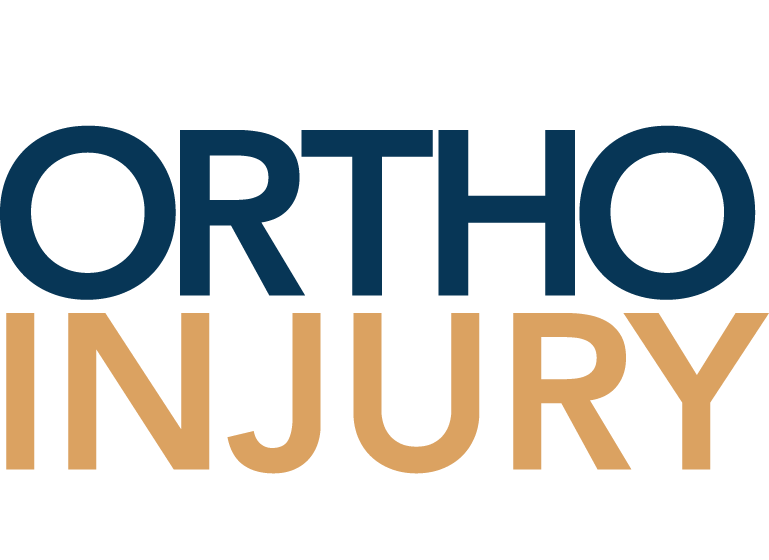

Built through the combined expertise of our foot and ankle surgeons, our Foot & Ankle Center provides our patients with the most up-to-date, safe, and effective treatment programs to relieve their symptoms, get stronger, and get back to doing what they love.
Our foot and ankle doctors at Aspen Orthopedic Specialists are both board-certified, fellowship-trained podiatrists specializing in the latest, evidence-based ankle and foot care.
From bunions to ankle arthritis, our specialty-trained podiatric surgeons offer the comprehensive foot and ankle treatment you need and the compassionate care you deserve.
Helping our patients resolve their foot or ankle pain or limitation is the sole focus of our dedicated Foot & Ankle Center. Through comprehensive patient education, our podiatric medicine doctors are dedicated to making sure our patients understand their condition and available treatments so they are prepared for every step of the process.
From Shin to Toe & Everything in Between
As surgeons trained in podiatry, Dr. Sean Wilson and Dr. Robby Amiot see every foot and ankle injury and condition. Whether you've injured your big toe or you're dealing with heel pain or a bad sprain, our experts are here for you.
Through our dedicated Foot & Ankle Center, our podiatrists offer coordinated treatment for all your medical and orthopedic foot and ankle needs, including:
- Ankle instability
- Arthritis
- Corns, calluses, ingrown toenails, and plantar warts
- Diabetic foot care
- Deformities, such as bunions, flat feet, hammertoes, and high arches
- Fractures, including ankle trauma and stress fractures
- Inflammatory conditions, such as gout and metatarsalgia
- Heel pain and bone spurs in the heel
- Nerve conditions, including neuromas and tarsal tunnel syndrome
- Sports-related injuries, such as Achilles tendon ruptures, ankle sprains, and plantar fasciitis
- Tendonitis (tendinitis), including Achilles tendonitis and sesamoiditis
Patient Success Stories
Happy to Be Back on Her Feet Again
"My overall experience working with Dr. Wilson has been amazing. Dr. Wilson always shows professionalism and care for his patients. Working with Dr. Wilson has been the best experience I've had as a patient working with a doctor. He's an excellent surgeon and passionate about his work. Overall experience a 5."
– Robin N.
Comprehensive Foot & Ankle Care by Fellowship-Trained Surgeons
Whatever your injury or condition, our podiatrists will work closely with you to provide comprehensive, personalized treatment plans. They are board-certified in foot surgery as well as rearfoot and ankle surgery. Additionally, our doctors have fellowship training in advanced management of diabetic lower extremity disorders as well as trauma surgery for the forefoot, hindfoot, and ankle.
Our expert foot and ankle surgeons have the highest level of training in surgical and nonsurgical treatment options, including minimally invasive surgery, sports medicine, and interventional procedures, including:
- Ankle arthroscopy
- Bunionectomy (bunion surgery), including minimally invasive bunion surgery
- Deformity correction and reconstructive surgery for the forefoot, hindfoot, and ankle
- Endoscopic plantar fasciotomy
- Fracture surgery and nonsurgical fracture care
- Neuroma excision
- Neuroma removal and transposition
- Preventative diabetic foot care and surgery
- Regenerative cell Injection therapies
- Removal procedures for bone spurs, toenails, and ganglion cysts
- Tendon and ligament repair
- Treatment of plantar warts, including laser therapy for warts

At Aspen Orthopedic Specialists, we prioritize your comfort and well-being. We're dedicated to providing swift access to our specialty-trained doctors. See the specialist you need today for a new or existing orthopedic injury or condition.
Frequently Asked Questions
A bunion, or hallux valgus, is a bony growth that develops over time at the base of the big toe. As this happens, the bump begins to push the bones of the big toe towards the second toe, leading to a foot deformity and more importantly pain. Since bunions will not improve on their own, bunion surgery may be recommended to treat them.
Plantar fasciitis is a localized, degeneration of the plantar fascia, the tough, fibrous band of tissue that connects your heel bone to the base of your toes. The problem occurs at the site where the plantar fascia is attached to the bottom of the heel bone. It is the most common cause of heel pain, affecting more than three million people every year according to statistics.
There are a number of reasons why ingrown toenails occur, but improper nail trimming is one common cause. Other reasons include wearing shoes that crowd the toes or experiencing a foot injury where all or part of a nail is torn away from the underlying nail bed. Additionally, people with poor circulation or diabetes can also be at higher risk for an ingrown nail.
Shin splints, also known as medial tibial stress syndrome, refer to an overuse injury that causes pain and inflammation of the muscles, tendons, and bone tissue in the front of your lower leg. The pain is usually located on the inside portion of your lower leg between your knee and ankle. Such pain can be dull or severe and can resolve when resting in acute stages. When symptoms are prolonged, however, swelling of the lower leg and a worsening prognosis can occur.
Most people with problems in their feet or ankles won’t need surgery. The decision whether to operate depends on a number of factors:
- How bad your symptoms are (pain and the effect this has on your life)
- Your needs
- Your response to other treatments, including drugs, orthoses and special footwear.
Discuss these with your doctor, who will be able to advise you on whether surgery would be a suitable option.
After surgery, you may be non-weightbearing for a period of time, varying from a day or two to several months. The length of time will depend on the kind of surgery you had and the progress of your healing. Non-weightbearing means that your foot may not touch the floor, even in a splint or boot. Any weight put on the healing bones or joints will adversely impact your recovery.


